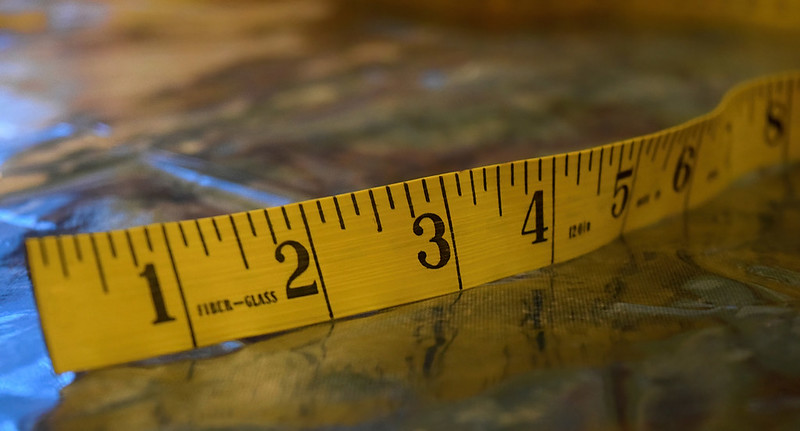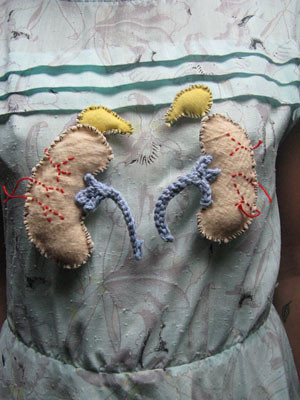Out of Sight and Out of Mind: Carceral Health in the Medical Education Curriculum
Approximately 5% of Americans will be incarcerated at some point in their lives, a number that varies greatly along racial lines. Why don’t we talk about this far-reaching public health issue, and driver of racial disparities in health outcomes, in our medical education? During the course of my medical education, I listened to countless lectures and took part in many discussions regarding the social determinants of health in the context of marginalized and underserved populations. …








